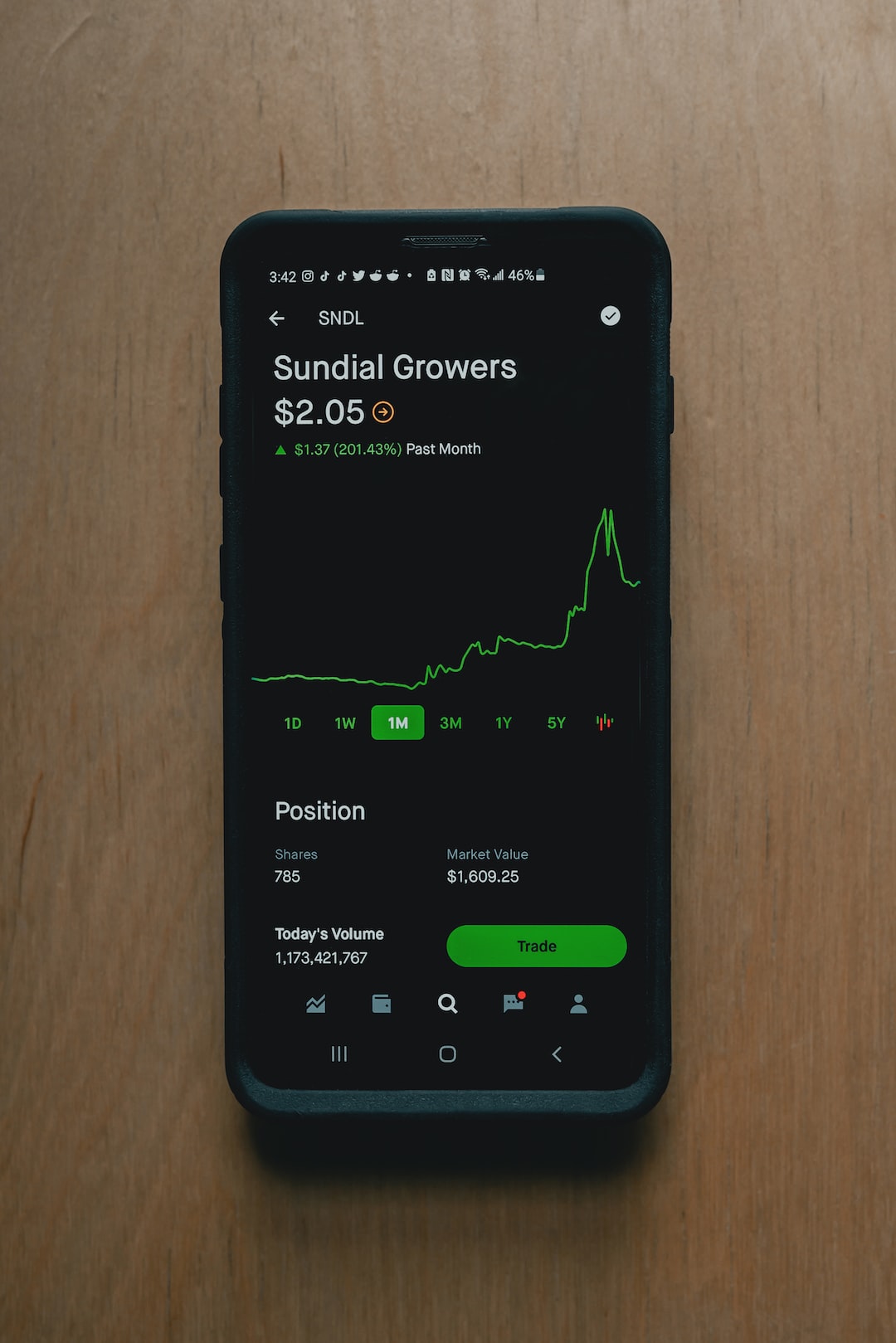The foreign exchange market, or forex, is the largest financial market in the world, with an average daily trading volume of over $5 trillion. However, despite its size and importance, the volume in the forex market can be surprisingly low at times. This is especially true during periods of low volatility, such as during holidays or when major economic events are not taking place. In this article, we will explore some of the reasons why the volume in the forex market can be low.
Firstly, it is important to understand what influences the volume in the forex market. In general, higher volatility and uncertainty in the market tend to lead to higher trading volume, as traders look to take advantage of price movements and protect themselves against potential losses. Conversely, low volatility and a lack of market-moving news or events can lead to lower trading volume, as traders may be less inclined to take risks and may be waiting for clearer signals before making trades.
One major factor that can contribute to low volume in the forex market is the time of day. The forex market is open 24 hours a day, but different trading sessions have different levels of activity. For example, the Asian trading session tends to be less active than the European and North American sessions, as many traders in Asia are asleep during this time. Similarly, weekends and holidays can also lead to lower trading volumes, as many traders take time off from the markets.
Another factor that can contribute to low volume in the forex market is the overall economic climate. During times of economic stability and growth, trading volume tends to be higher, as investors are more willing to take risks and invest in forex. However, during times of economic uncertainty or recession, trading volume can drop significantly, as investors become more risk-averse and may look to other asset classes for safety.
In addition, changes in monetary policy can also have an impact on forex trading volume. When central banks raise interest rates, for example, this can lead to higher trading volumes, as investors seek to take advantage of the higher returns. Conversely, when interest rates are low, trading volumes may be lower, as investors may be less inclined to invest in currencies that offer low returns.
Finally, technological advancements in the forex market can also contribute to lower trading volumes. The rise of automated trading systems and algorithms, for example, can lead to more efficient and streamlined trading, but can also reduce the need for human traders and lead to lower overall trading volumes.
In conclusion, there are a variety of factors that can contribute to low trading volumes in the forex market. These include the time of day, overall economic climate, changes in monetary policy, and technological advancements in the market. While low trading volumes can be frustrating for traders, it is important to remember that they are a natural part of market cycles and do not necessarily indicate a lack of interest in forex trading. By staying informed about market conditions and adapting to changing circumstances, traders can continue to succeed in the forex market regardless of trading volumes.





